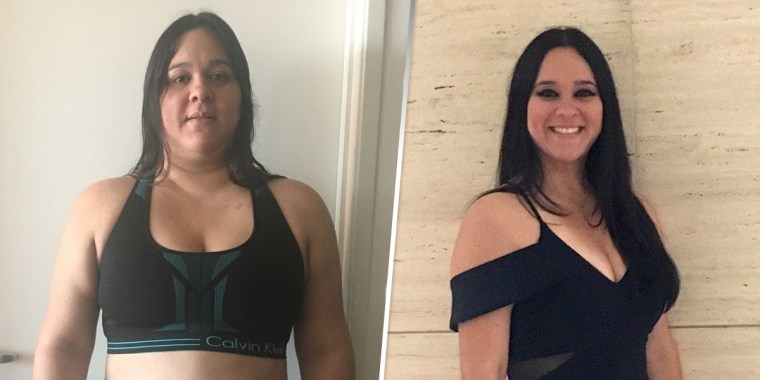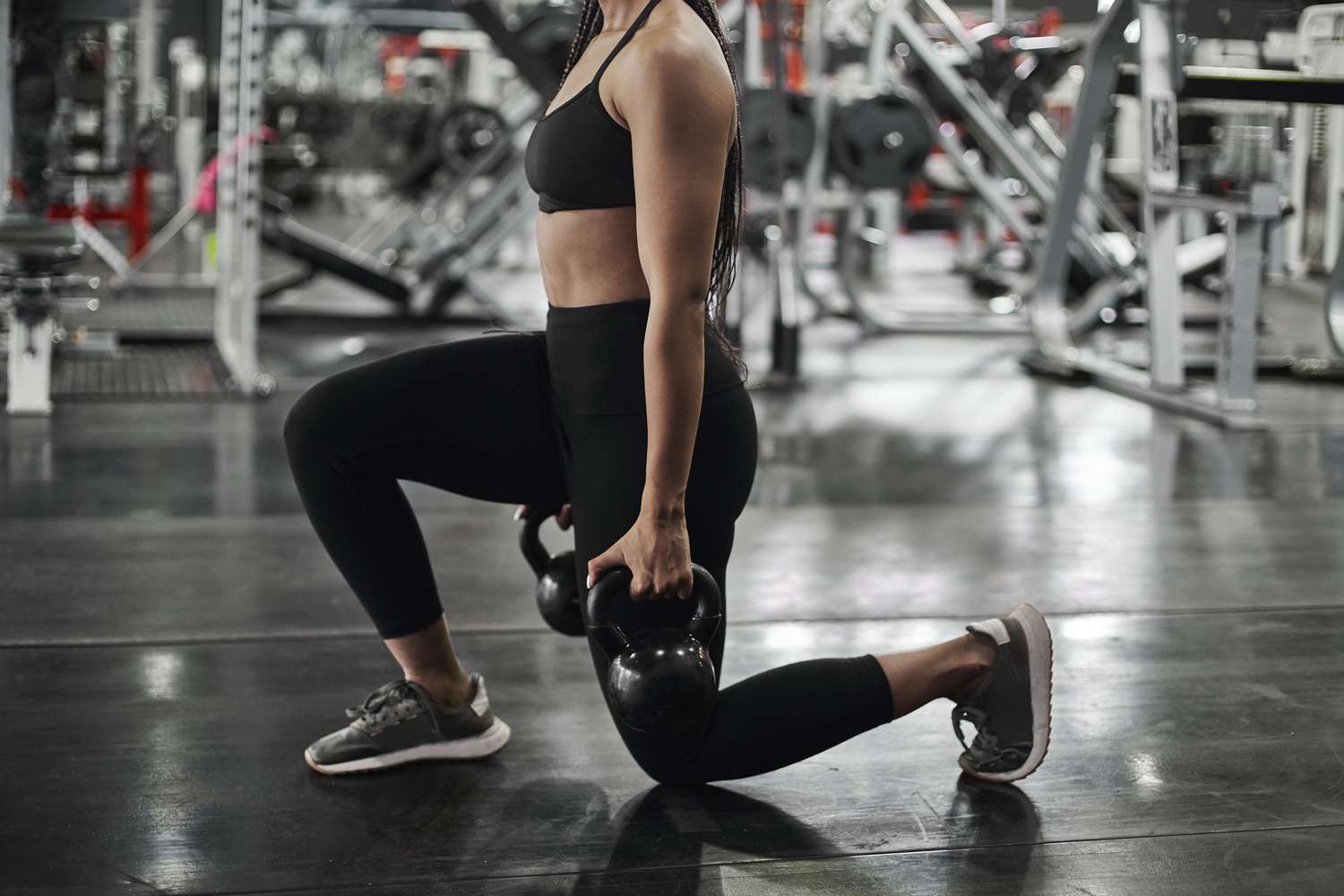
Functional fitness training will improve your coordination, strengthen multiple muscles at once, stabilize your core and help with your core. This type of exercise can be used in every day life regardless of your gender, age, or preferred training method. It can also help you to balance. Continue reading to discover more about functional fitness workouts. Here are some helpful tips to get you started.
Functional fitness training improves coordination
Functional fitness training incorporates compound movements and non-sagittal exercises into a workout routine. This type is essential for functional fitness. It helps improve coordination as well as balance. This training emphasizes the importance to strengthen the stabilization muscles. These muscles are smaller and require a limited range of motion. Training these muscles properly promotes efficiency in movement and helps to prevent injuries.
Functional training not only improves coordination and balance but also helps with body awareness. Functional training develops kinesthetic awareness, as it trains different muscle groups simultaneously. The movement also enhances one's overall strength and endurance.

Stabilizes your core
Functional fitness activities require core stability. A strong core will reduce pressure on the spine and protect the spine from the forces your body encounters in daily life. This is especially important for exercises that require you lift heavy objects. For example, heavy squats require that you tighten your core muscles and push your legs through the ground. Unwanted motions can lead to injury.
It can also help prevent injuries and improve movement efficiency, particularly in sports and occupational activities. A strong core muscle will help prevent lower back pain.
Multiple muscles can be strengthened at once
Functional fitness works by targeting multiple muscle groups at once. This type of exercise is based on your daily activities and focuses on building muscles that will help you accomplish your daily tasks. It's a great way for multiple muscles to be strengthened and a total workout.
Functional fitness can also be integrated easily into your everyday life. You don't require any equipment, and you can do it wherever you are. This type of workout is also a great choice for people who don't have time for traditional gym routines. It can improve your endurance and strength as well as your cardiovascular fitness.

Balance improvements
Functional fitness is all about improving balance. This helps the body to keep a stable balance which is essential for daily activities. This exercise helps with flexibility and coordination. It can include exercises like yoga or tai chi, as well as strength training or light cardio.
Participants will need to stand on their one leg for at least 30 seconds while supporting themselves on a firm surface. They must then alternate their legs. They should do this three to five more times with each leg. Once they've mastered this exercise, they can continue to perform other daily tasks while standing on one leg.
FAQ
Can I exercise after eating?
It depends on the type and intensity of your exercise. Avoid doing strenuous activity after eating, as it can cause stomach cramps. Focus instead on light aerobic exercises like biking or walking briskly.
What does nutrition do for your body?
Your body functions properly when you have the right nutrition. The best way to ensure that you receive adequate nutrition is to eat a balanced diet with plenty of fruits and vegetables, lean proteins, whole grains, and healthy fats.
Why is it so important to get enough sleep?
A healthy lifestyle requires sleep. Your body can heal itself and recover from daily stressors by sleeping. You can function at your best throughout the day if you get enough sleep each night.
Which Is More Important: Exercise, Diet, or Sleep?
What you are looking to accomplish will determine the answer. It is important to lose weight. For building muscle mass, exercise is key. Sleep is not as important as it seems, since it has no effect on how you perform throughout the day.
Statistics
- According to the Centers for Disease Control and Prevention, chronic diseases cause 7 out of 10 deaths in the U.S., and treating chronic diseases accounts for 86% of U.S. healthcare costs. (mana.md)
- Adolescent girls were less active than adolescent boys, with 85% vs. 78% not meeting WHO recommendations of at least 60 minutes of moderate to vigorous intensity physical activity per day. (who.int)
- Physical activity confers the following maternal and fetal health benefits: a decreased risk of pre-eclampsia, gestational hypertension, gestational diabetes (for example, 30% reduction in risk) (who.int)
- Globally, 28% of adults aged 18 and over were not active enough in 2016 (men 23% and women 32%). (who.int)
External Links
How To
How to Lose Belly Fats More Fast
Belly Fat is usually seen as a problem when we want to lose weight. But if you think about it, Belly Fat is actually a good thing. It's the amount of fat stored around your stomach that protects your organs from getting damaged. Let's now see how to quickly lose belly fat.
The two main factors that make us store body fat are stress and lack of exercise. Because of its stimulation of the production hormone cortisol, stress can make us feel hungry continuously. Cortisol can increase insulin levels in the blood. The insulin then stores extra calories as fat. A lack of sleep leads to adrenaline being released into the system which causes an increased appetite. Exercise helps to break down these extra calories.
There are many options to reduce belly weight. You can try any one of them depending upon your budget. These tips will help you quickly get rid of belly fat.
-
You can eat less. You should eat smaller meals throughout the day than you would if you ate three big meals. This way, you'll consume fewer calories overall.
-
Get plenty of water. Water flushes out toxins and keeps you hydrated. Drinking water prior to every meal will ensure that you are satisfied for longer periods of time and won't eat too much.
-
Avoid eating unhealthy snacks. If you're looking for quick fixes, snack foods like chips, cookies, candies, etc. might seem tempting. Avoid these unhealthy treats. They are full of empty calories, too much sugar, and can be very fattening. Instead, choose healthy alternatives like fruits, veggies, nuts, seeds, and whole grains.
-
Strength training should be performed at least 3 times per week. Strength training helps build muscle mass, which means that you can burn more calories even when you are resting. It strengthens bones and muscles, ligaments, muscles, tendons, heart, lungs, as well as joints.
-
Move regularly and stretch. Stretching is a great way to increase flexibility and mobility. This helps reduce back pain. Walking is great for burning calories.
-
Reduce alcohol intake. You should cut down on alcohol consumption. It adds no nutritional value to your diet.
-
You can lose weight slowly. To lose weight, the first step is to determine what your current weight. Next, calculate your ideal weight by adding between 5% and 10% to your total body weight. Once you have calculated your target body weight, you can begin to cut calories by 500-1000 calories every day until your goal is reached.
-
Avoid processed foods. These foods have high amounts of salt, sugar, and preservatives. Processed foods are often very convenient but don't provide enough nutrients to keep you healthy.
-
Don't skip breakfast! Eating breakfast improves concentration, memory, and energy level. Protein (like eggs), fiber and complex carbohydrates (like oatmeal) should be included in breakfast.
-
Have regular bowel movements. Bloating and gas can be caused by irregular bowel movements and constipation. Drink plenty of water to prevent gas and fiber ingestion.